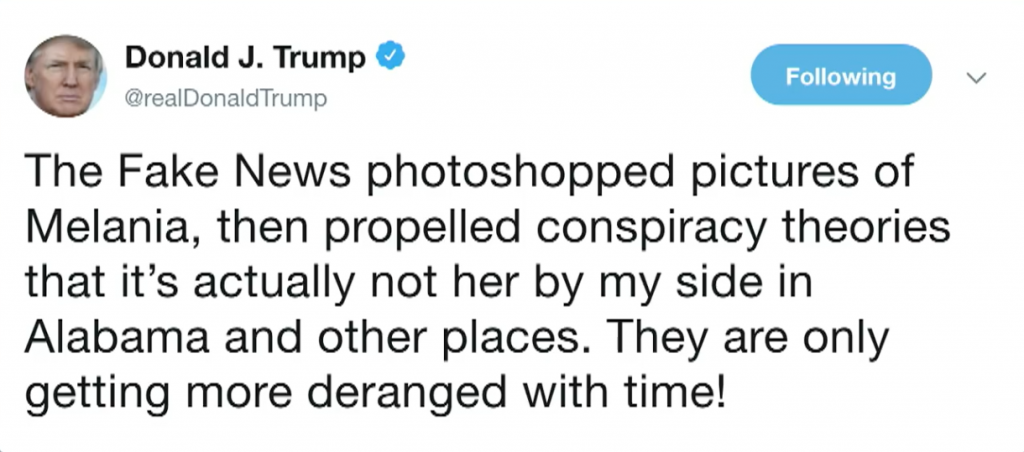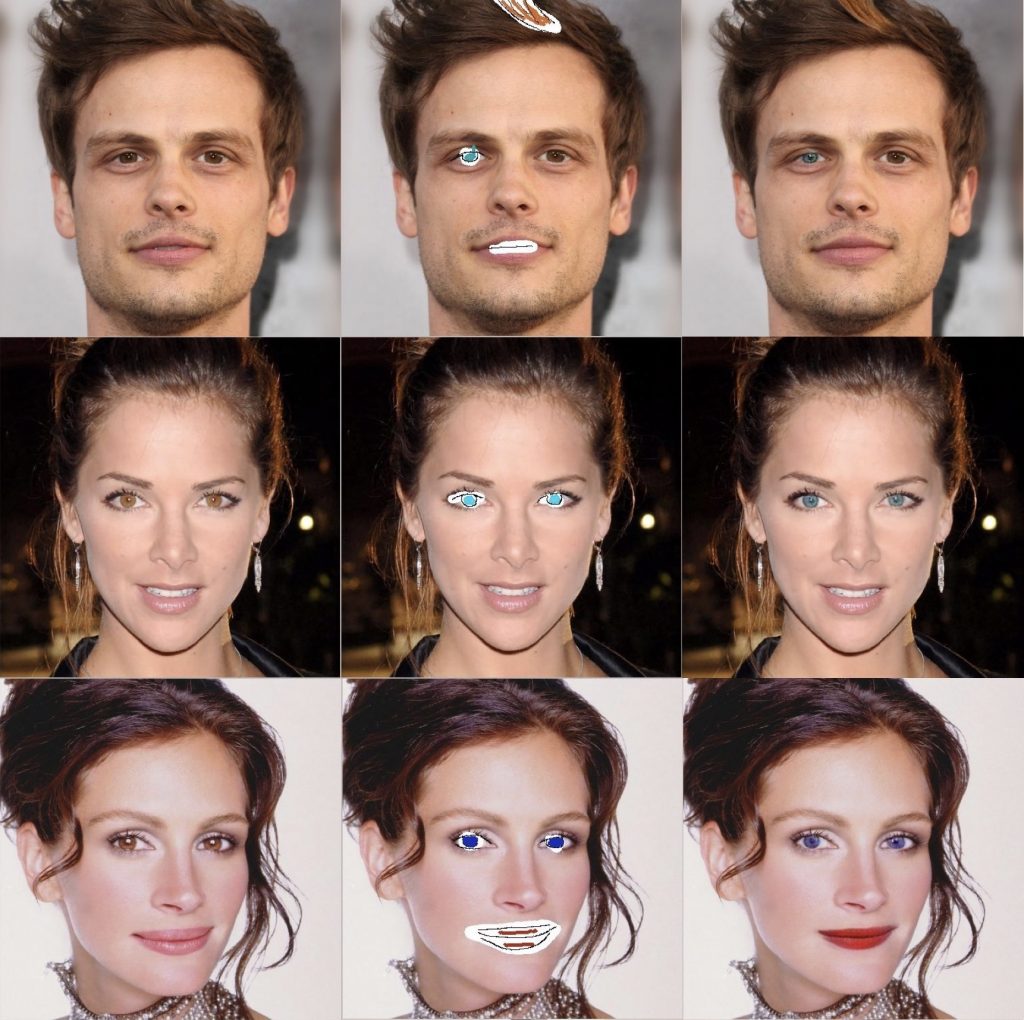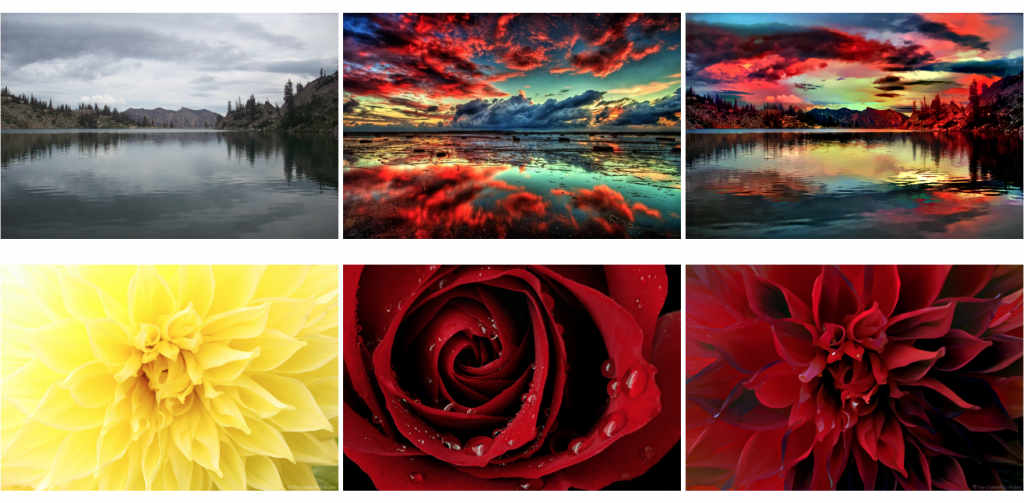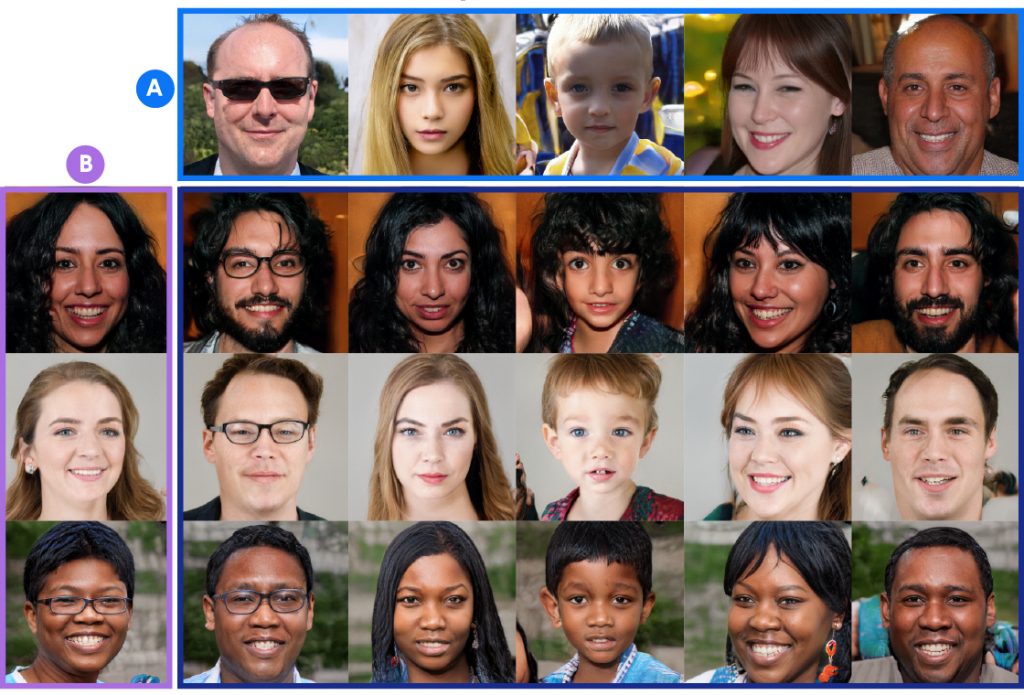
President Trump recently tweeted about allegedly photoshopped pictures of Melania. It shows that in our social media age, the task of editing images becomes increasingly important. The current market leader in image manipulation is Adobe’s Photoshop, namesake of the now common verb “photoshopping”. Photoshop is part of Adobe Creative Cloud, a subscription service for image software which generated a revenue of over 1 billion US$ in 2017.
The playing field is changing with a new breed of image software powered by Generative Adversarial Networks. Photoshop features intricate workflow processes, making it useful only for trained specialists. AI-powered image manipulation is however capable of much more, with the potential for a much larger market.
Market-dominating products can quickly become obsolete if better alternatives appear. Adobe has had this experience before: Adobe Flash was the de-facto standard for movies and animations on the web, poised to dominate the growing mass market for streaming services now owned by the likes of Nextflix, Hulu and Youtube. However, Flash was a closed software and, according to Steve Jobs, a battery hog. Adobe was not ready to change the product proposition, so Steve Jobs, just about to start the smartphone culture we now live in, banned it from Apple devices. Ultimately, Flash fell into oblivion. Illustrator, another Adobe product, once was the standard software for graphic designers. It had a somewhat unintuitive workflow, and Adobe did not work on that. Then Sketch appeared (a more intuitive software made by a startup) and quickly became the new tool of choice for young graphic designers.
Masking and extracting images in conventional image editing software is a lengthy process which requires working with a range of manual tools such as lasso tools, pen tools, erasers, and clipping paths. All of that is obsolete with AI-driven object detection. Remove BG, available as an online service, automatically detects foreground image elements and separates them from their background so that you can paste them into another context. Just upload your photo and AI does the heavy lifting.

Colorizing black and white images brings old photographs back to life. With software such as Photoshop, this is a work-intensive manual process, while Algorithmia (by Richard Zhang, Phillip Isola, and Alexei A. Efros) is an online service which colorizes black-and white photos by means of a convolutional network. Also ColorizeSG by Andrew Tan, Preston Lim and Tan Kai Wei does the job – upload your photo and the software does the rest.
Retouching faces was another lengthy image manipulation process. Not any more: Youngjoo Jo and Jongyoul Park have created SC-Fegan, a software which can change facial features – it can even recreate faces from just a few fragments. Just apply some quick brush strokes, then its convolutional network does the hard part of making your doctored image appear realistic. (To run the software, you currently have to install it first on your computer.) Download SC-Fegan.

Other AI-powered image programs can restore damaged images (Deep Image Prior by Dimitry Ulyanov) or transfer image moods and styles from one image to another image (Deep Photo Styletransfer by Fujun Luan, Sylvain Paris, Eli Shechtman and Kavita Bala).


GANs can also create entirely artificial faces. In the image below, a Generative Adversarial Network combined features of faces in A with features of faces in B to create the artificial faces in the rest of the grid.

Manipulating images does have a long history. Abraham Lincoln’s famous portrait is just his head pasted onto the pose of somebody else – John Calhoun. Stalin had former comrades removed one by one from images as they fell out of his favor.


As we increasingly present ourselves on social media, making things look better than in real life is a tempting promise. AI’s ability to touch up images can make us look different, or make us appear in places we haven’t been, with friends which aren’t real. Soon, we will have AI-powered image manipulation for everybody, instantly available and built right into your favorite social media.